Source: Wikipedia (DE)



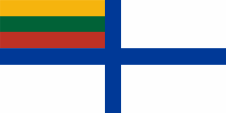
since 1992,
Naval flag,
ratio = 1:2,
Source: Flags of the World




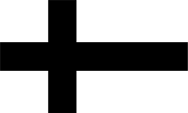
1384–1411,
Flag of the Flag of the Teutonic Order (Teutonic Knights),
Source, by: Flags of the World



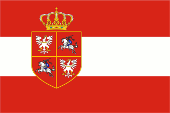
1411–1795,
Flag of the Kingdom of Poland-Lithuania,
Source, by: Flags of the World



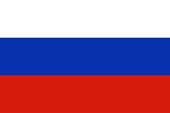
1795–1858,
National flag of Russia,
ratio = 2:3,
Source, by: Flags of the World





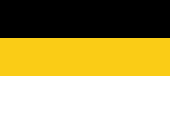
1858–1915,
National flag of Russia,
ratio = 2:3,
Source, by: Flags of the World





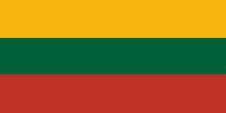
1918–1940,
National flag,
ratio = 2:3,
Source, by: Wikipedia (DE)





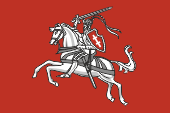
1918–1940,
State flag (averse),
ratio = 2:3,
Source, by: Flaggenbuch 1939




1918–1940,
State flag (reverse),
ratio = 2:3,
Source, by: Flaggenbuch 1939



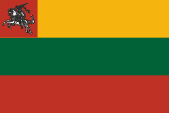
ca. 1915, 1918, 1925,
unknown variant of state flag,
ratio = 2:3,
Source, by:
1.) WEYER's Taschenbuch der Kriegsflotten, 1928,
2.) Wikipedia (DE)



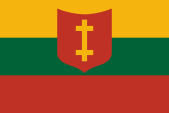
1918–1927, State and naval flag,
1927–1940, State flag,
ratio = 2:3,
Source, by: Flags of the World



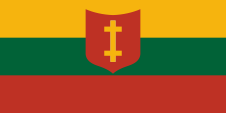
1927–1940,
Naval flag,
ratio = 1:2,
Source, by: Flags of the World



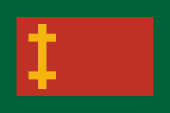
1927–1940,
Naval jack,
ratio = 2:3,
Source, by: Flags of the World



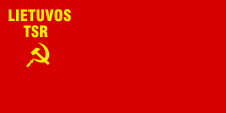
1940–1953,
Flag of the Lithuanian Soviet Socialist Republic,
ratio = 1:2,
Source, by: World Statesmen



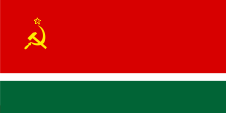
1953–1990,
Flag of the Lithuanian Soviet Socialist Republic,
ratio = 1:2,
Source, by: World Statesmen




1989–2004,
National flag,
ratio = 1:2,
Source: Wikipedia (DE)



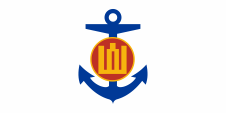
1992–2004(?),
Naval jack,
ratio = 1:2,
Source, by: Flags of the World




The flag of Lithuania was officially hoisted for the first time on 19th of April in 1918, and re-introduced on the 30th of March in 1989. It shows three horizontal stripes in yellow, green and red. About the origin and the meaning of the colours there are three theories, which partially coincide assuredly:
• Yellow, green and red were the favourite colours of Lithuanian societies in the 19th and 20th century.
• Yellow stands for sun, light, abundance snd honor, green for the flora and fruitfulness, but also for belief, freedom and luck. Red symbolizes the blood which was given in the struggle to achieve the independence.
• Yellow stands for the wheat fields and the freedom, green for the woods and the belief, red rebembers blooming flowers and stands furthermore for patriotism and courage.
In the year 1940 and between the year 1944 and 1990 Lithuania used as part of the Soviet Union a soviet model. Until 1953 a simple red flag with hammer and sickle in gold and below of them the name of the Soviet Republic "Lietuvos TSR", in golden Latin characters. In the year 1953 was introduced a Soviet Flagg, which showed three horizontal stripes in red, white and green in ratio 8:1:3. In the middle of the red field arised – moved in the direction of the flagstaff – hammer, sickle and Soviet star in gold. The colors of the flag of Lithuania today are indicated as follows: yellow = Pantone 1235, green = Pantone 349 and red = Pantone 180.
Source:
Flaggen und Coat of arms of the Welt,
Die Welt der Flaggen,
Flaggen Wappen Hymnen,
Wikipedia (DE)

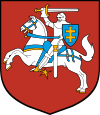
since 1991,
Coat of arms of Lithuania,
Source:
Wikipedia (DE),
Government of Lithuania, Public domain, via Wikimedia Commons

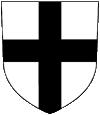
1237–1561,
Coat of arms of the Teutonic Order,
Source: Wikipedia (DE)

1386–1569,
Coat of arms of Poland-Lithuania,
Source: Wikipedia (DE)
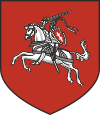
ca.1925–1940, 1990–1991,
Coat of arms of Lithuania,
Source: Wikipedia (DE)

The coat of arms of Lithuania in the today's form was created in the year 1925 by Juzas Zikiris. It shows on a red shield a silvery knight with outpulled sword on a einem silvery horse. It should remember the legendary Knight Vytis. The viewer sees the knight orientated to the left – in western direction – to hint to the direction from where came menace for Lithuania in the past. These were for the first the Teutonic Order, and to the second the Polish state. This device was already in use since the 14th century. For Lithuanian heraldry, the so-called Pillars of Gediminas have been important since the 14th century. They were the heraldic image of the Gediminid dynasty and the symbol of the Grand Pricipality of Lithuania, a white, stylised castle on a red background. In the times where Lithuania belonged to the Soviet Union was in use a soviet model, which equals the coat of arms of the Soviet Union. On 11th of March 1990 they re-introduced the coat of arms of 1925, but there were made some changes in 1991. The formerly red shield of the horseman is blue now and the double-cross in it is no more white, but golden now. During the Second World War – in the time of the German occupation between 1941 and 1944 – Lithuania had officially no own national emblems. It belonged to the Empire's Commissionership of Ostland, in which have been summarized the countries of the Balticum and parts of the today's northwest of White Russia (Belarus). The Latvian Legion, which in the Second World War fought voluntary in potency of a regiment in the ranks of the German War Might against the Soviet Union used as sleeve-insignia a threefold diagonally striped shield in the country`s colours yellow, green and red.
Source:
Flaggen und Coat of arms of the Welt,
Die Welt der Flaggen,
Flaggen Wappen Hymnen,
Wikipedia (DE),
Avantgarde für Europa


Aircraft Roundel,
Source: by Wikipedia (EN)

Position:
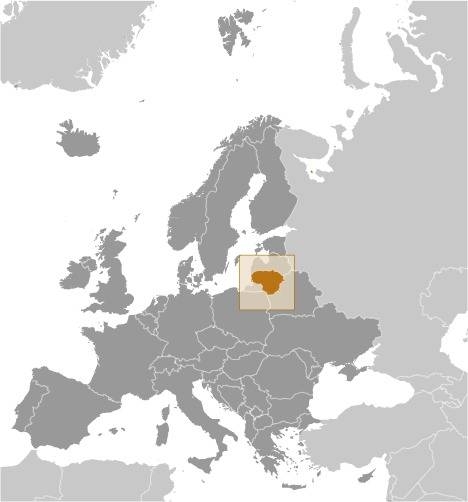
Source: CIA World Factbook
Map of the Country:
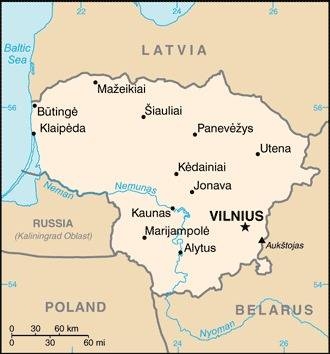
Source: CIA World Factbook
Map of the Balticum:
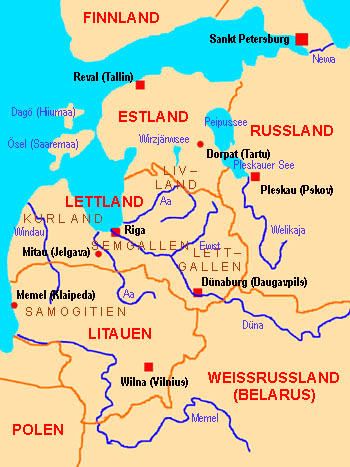
Source: Volker Preuß

Area: 25.212 square miles
Inhabitants: 2.790.407 (2022), thereof 85% Lithuanians, 6% Poles, 5% Russians, 1% White Russians (Belorussians), 1% Ukrainians, Latvians, Tatars and also 2.000 Germans
Religions: 77% Roman Catholic, 5% Russian-Othodox, 2% Protestant
Density of Population: 111 inh./sq.mi.
Capital: Vilnius (German: Wilna), 569.902 inh. (2021)
official Language: Lithuanian
other Languages: Polish, Russian
Currency, from 1st of Jan. 2015: 1 Euro (EUR, €) = 100 Cent,
to 31st od Dec. 2014: 1 Litas (LTL) = 100 Centas
Time Zone: GMT + 2 h
Source:
Wikipedia (DE)

11th–12th cent. · settlement of the today's Lithuania by the Lithuanians
Middle of the 14th cent. · unification of the Lithuanian state under the Grande Princes Witens, Gedymin, Olgerd and Kejstut, they achieve to conquer the areas of the today's White Russia (Belarus) and of Podolia (in the today's Ukraine) and to unite in this way a territory from the Baltic Sea to the Black Sea under one crown
1384 · the Order of the Teutonic Knights conquers Samogitia
1386 · Jagiello, the son of Prince Olgerd, since 1377 Grande Prince of Lithuania marrys the Polish Queen Hedwig (Jadwiga) and gets crowned as Wladyslaw II. to the King of Poland, thereafter: Kingdom of Poland-Lithuania
1410 · Wladyslaw II., King of Poland and Lithuania, and Vytautas (Witold) Grande Prince of Lithuania overcome the Order of the Teutonic Knights near Tannenberg
1411 · 1st Peace of Thorn, the Order of the Teutonic Knights has to cede Samogitia to Lithuania
1569 · Polish-Lithuanian Conciliation (Union of Lublin), the both countrysides preserve themselves interior autonomy, Lithuania cedes its territories in the today's Ukraine to Poland
1772, 1793 and 1795 · Polish Partitions, Prussia, Russia and Habsburg partition Poland-Lithuania fully among themselves in the phases, Lithuania becomes Russian, division in the Gouvernements of Wilna (Russian: Wiljnus, Lithuanian: Vilnius), Sudauen (Russian: Suwalki) and Kauen (Russian: Kowno, Lithuanian: Kaunas)
from the middle of the 19th cent. · grow strong of the Lithuanian nationalism
1905 · constitution of a Lithuanian parliament in the Gouvernement of Kauen
1914–1918 · First World War: 1915 the German Empire conquers Lithuania
7th of November 1917 · bolshevistic revolution in Russia, seizure of power by the Soviets
3rd of March 1918 · Russia capitulates towards the German Empire, Peace Treaty of Brest-Litovsk, development of an Lithuanian state (including Kauen and parts of the Gouvernements of Wilna and Sudauen)
19th of April 1918 · Lithuania declares its independence from Russia, proclamation of the Republic of Lithuania
18th of March in 1921 · Peace of Riga, Soviet Russia and Poland recognize the independence of Lithuania, but Lithuania has to cede the area of Wilna to Poland, Lithuania claims the German Memel Area
10th of January 1923 · under disregard of the result of a plebiscite Lithuania occupies the German Memel Area
1926 · establishment of the presidial dictatorship by the National Party
22nd of March 1939 · Lithuania cedes the Memel Area back to the German Empire
23rd of August in 1939 · German-Soviet non aggression pact, Lithuania becomes a soviet sphere of interest and gets occupied by the Soviet Union
21st of July 1940 · proclamation of the Lithuanian Socialistic Soviet Republic (LSSR)
5th of August 1940 · inclusion of the LSSR into the Soviet Union, deportation of thousands of inhabitants to Sibiria
1939–1945 · Second World War: June/July 1941 conquest of Lithuania by German troops, Lithuania comes to the empire`s commissionership of Ostland, ca 3.000 Lithuanians fight voluntary in the German War Might against the Soviet Union, December 1944 conquest of Lithuania by soviet troops, Lithuania becomes once more LSSR and incorporated into the Soviet Union again, but gets back the formerly Polish Wilna Area, once more deportations of thousands of Lithuanians to Sibiria, partial russification
1988 · grow strong of the Lithuanian democracy and national movement "Sajudis"
18th of May 1989 · declaration of independence
11th of March 1990 · proclamation of the Republic of Lithuania
6th of September 1991 · the Soviet Union recognizes the independence of Lithuania
1993 · withdrawal of the Russian troops
2004 · Lithuania becomes a member in European Union and NATO
Source:
Atlas zur Geschichte,
Wikipedia (D),
Discovery '97,
Volker Preuß

The name "Lithuania" resp. "Lithuanian" has probably its roots in the Latin word "litus", what means "coast".
Source: Handbuch der geographischen Namen

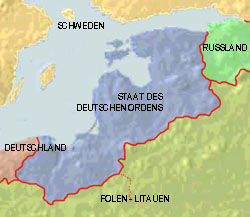 1410–1561
1410–1561
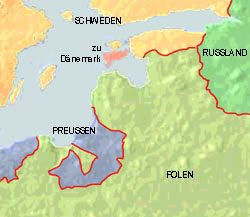 1561–1621
1561–1621
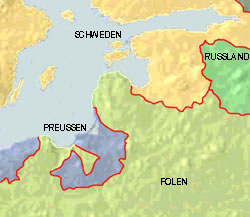 1621–1721
1621–1721
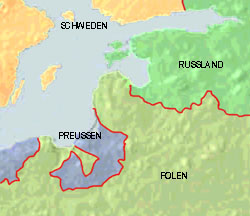 1721–1772
1721–1772
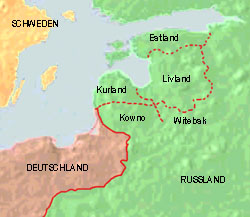 1815–1918
1815–1918
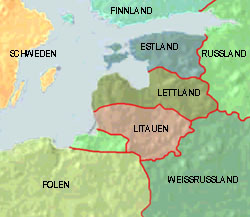 since 1991
since 1991
Maps: Volker Preuß


![]()




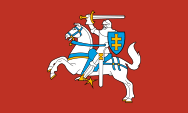






















































 1410–1561
1410–1561 1561–1621
1561–1621 1621–1721
1621–1721 1721–1772
1721–1772 1815–1918
1815–1918 since 1991
since 1991